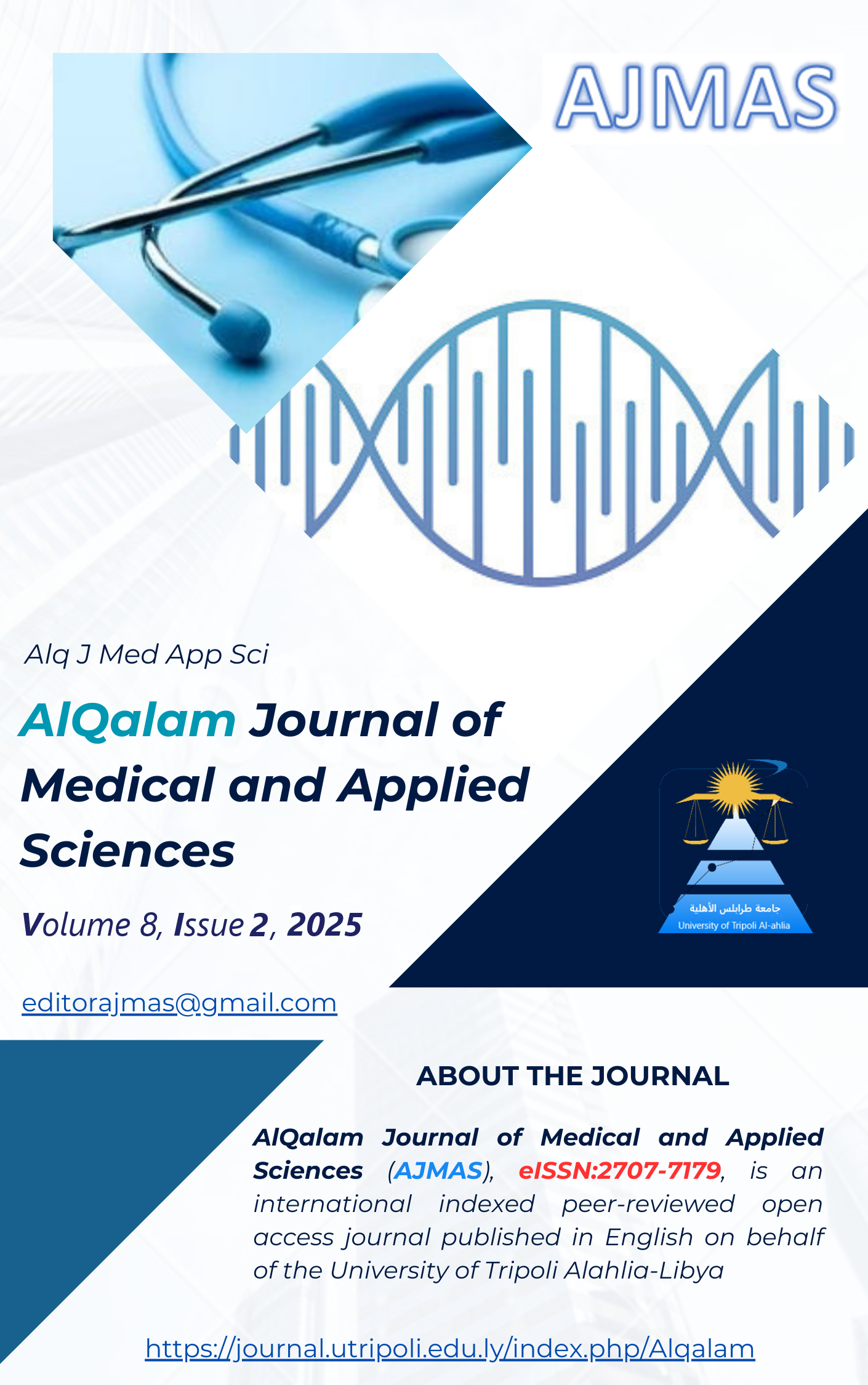Predictive Computational Approaches in Pharmaceutical Microbiology: Machine Learning and In Silico Integration: A Review Study
DOI:
https://doi.org/10.54361/ajmas.258274Keywords:
Pharmaceutical Microbiology, Computational Biology, In-Silico, Machine Learning.Abstract
Employing in-silico programs and Machine Learning (ML) in microbiology, making computational microbiology (dry lab), is changing the way the data is investigated, visualized, and used. Complicated biological datasets are increasing over time due to discoveries. ML models such as Decision Trees (DT) and Artificial Neural Networks (ANN) have predictive algorithms for many applications in microbiology, such as antimicrobial resistance (AMR), pathogen detection, and microbiome characterization. Moreover, ML can help in identifying biomarkers, enhancing diagnosis, and visualizing microbial interactions. Although this technology has significant advantages, it still presents some issues, including ethical and legal concerns, missing analyzed data, and the model's efficiency. Besides ML models, in-silico programs such as digital plate reading (DPR), statistical, and genomic comparison programs improve the processing and visualization of the data. Regardless of the challenges, this technology is always progressing, and the increased data accessibility is used to support dependable AI microbiological applications and public health.
Downloads
Published
How to Cite
Issue
Section
License
Copyright (c) 2025 Alhadi Wajiej, Safinaz Aburagaegah

This work is licensed under a Creative Commons Attribution 4.0 International License.















